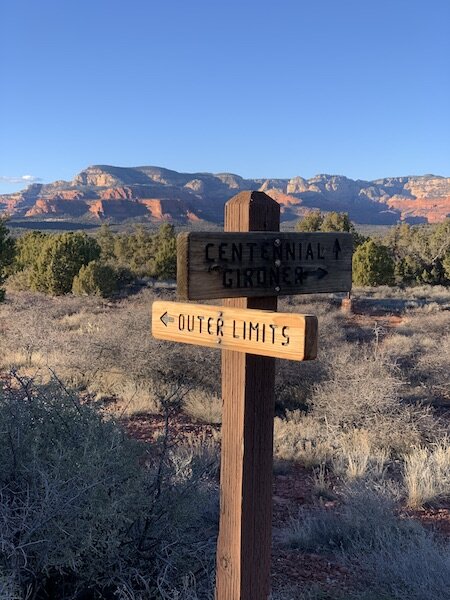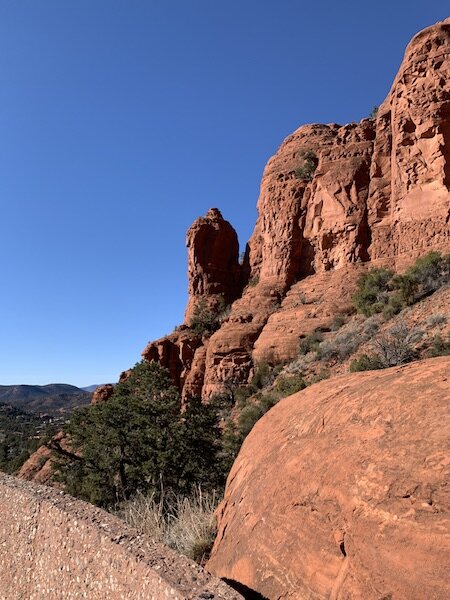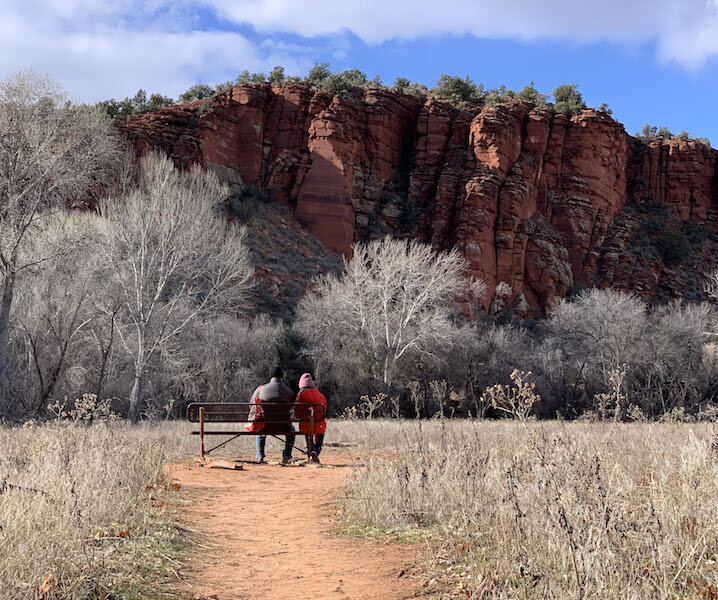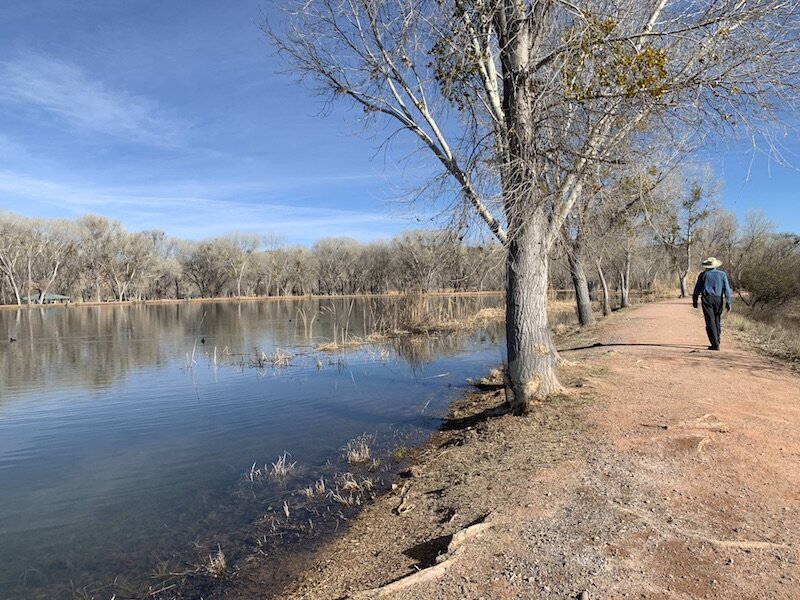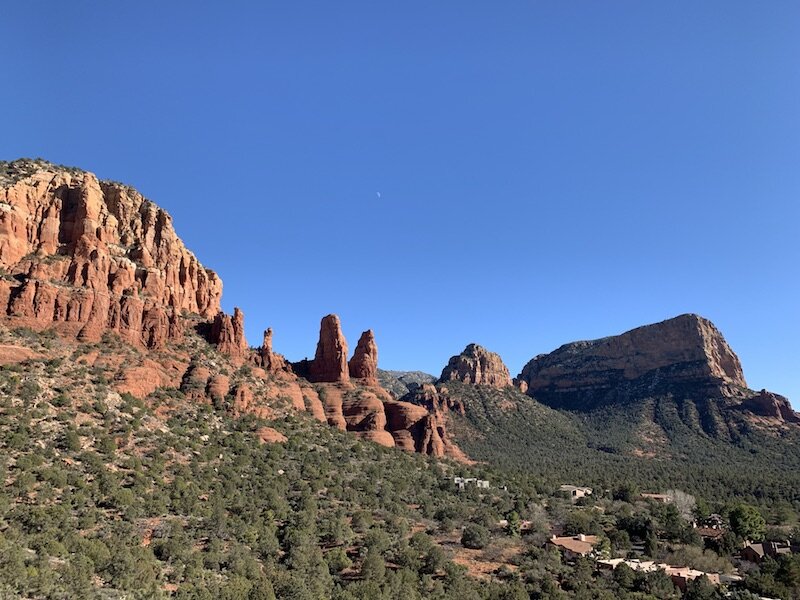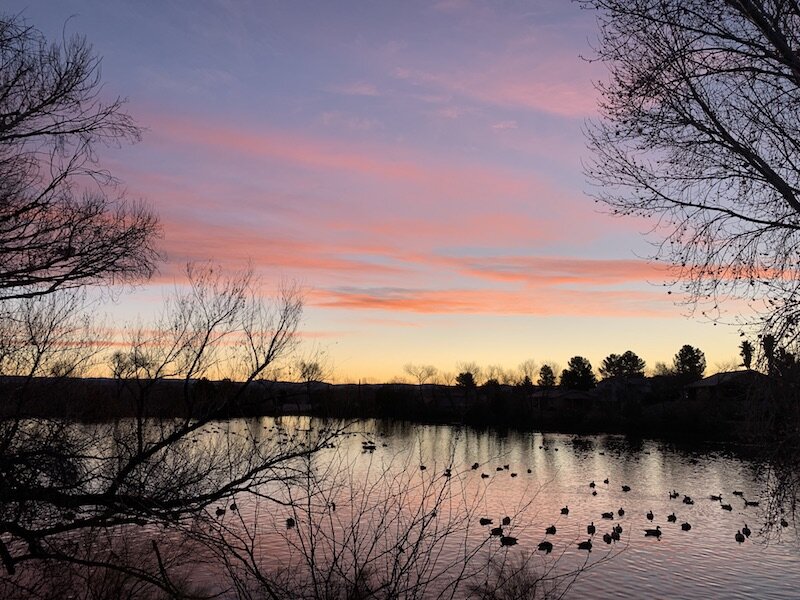Migration Time
By Elyn Aviva
Canada geese migrate. Monarch butterflies migrate. Reindeer migrate. And humans migrate. Migration is a natural occurrence triggered by the changing seasons of the year, the cycles of the sun—or, occasionally, by disastrous economic, political, or ecological conditions that compel people to leave their homelands in search of a better life.
Unlike birds and displaced people, my husband, Gary, and I had no intention of migrating. We had moved from the USA to Spain 11 years ago, and we planned to stay there. Our move wasn’t a forced migration—it was an “expatriation” we eagerly undertook in the name of adventure and curiosity. We wanted to live in a foreign land and experience different cultures and ways of being in the world.
After 11 years, we were still very happy with our expat life. In fact, whenever someone asked if we thought we would return to the US to live, we would respond, “Why on Earth would we want to return to the US?” We would then describe in glowing terms how our quality of life was so much better in Spain: we purchased fresh, pesticide-free food at the local markets (the European Community has much higher food-safety standards than the US); we had no need to own a car; we were healthier because we walked everywhere; if we needed to, we took inexpensive, convenient public transport; restaurants offered delectable 4-course lunches at reasonable prices ($15-$20, including wine and tax; no tip expected); we had a growing circle of expat and local friends; we attended a variety of cultural events and festivals; we traveled easily throughout Europe (we were writing a guidebook series called “Powerful Places in ….”). And on and on.
Why on Earth would we want to go back to the US, where everything is more expensive, driving a car is a requirement, the politics are dismal, access to health care is prohibitive, guns are part of the culture, and “open carry” is the new buzz? Why on Earth indeed? We couldn’t image a higher quality of life than what we had in Spain.
Except that, suddenly and unexpectedly, returning to the US is exactly what we’ve decided to do.
We came back to the US for a month at the invitation of Eileen Nauman to do research on powerful places near Sedona, Arizona. Eileen offered to show us how to “walk the land” from a Native American perspective, and we thought this might be the basis of another “Powerful Places” guidebook. We rented an Airbnb on a duck pond in a subdivision in Cottonwood, a small town west of Sedona, and proceeded to begin to explore our surroundings. Sunrises over the pond were stunning, and the red rock country was awesome, but we’ve seen many gorgeous sunrises and visited many powerful places over the years. So far so good.
Within a week, however, we were surprised to realize how “at home” we felt, even though we’d never lived in Arizona. Gary was happily joking in English with shopkeepers and people we met in restaurants. He was reminded of the small Kansas town where he grew up, even though this wasn’t as small and wasn’t Kansas. Strangers engaged us in conversation in the corridors of Walmart or the waiting room of the local dentist. People were friendly and went out of their way to be helpful. We were introduced to new acquaintances who felt like old friends. And not least of all, there was the alluring power of the land. There was something seductive about the red rocks, the mesas, the high-desert landscape that called to us to come and live here.
Suddenly we were culturally, socially, and linguistically “at home” in a way we hadn’t been for years—and hadn’t realized we hadn’t been. Gary and I began waking up in the middle of the night and talking over our unexpected feelings. Did we really want to give up our comfortable expat life in Spain? Were we really ready to return to the Land of Cars and Guns and Political Divisiveness? The answer we kept circling back to was a resounding Yes.
Out of the blue, what we meant by “quality of life” had done a U-turn. It was no longer about ease and comfort and inexpensive excellent restaurants and public transport and interesting festivals and experiencing different lifestyles. Instead, it was about being part of a community of like-minded people, about sharing meaningful conversations, about proximity to grandchildren, about a hard-to-explain sense of familiarity.
It was also about confronting end-of-life issues. Gary is 82; I’m 73. Gary had some serious health issues recently. Although the medical care he received in Spain was excellent—and the medical staff either spoke English or had English-speaking assistants—it was still medical care in a foreign land, filtered through a different set of norms and expectations.
Although my Spanish is good, Gary’s is not. What would happen if I died first and he was left to cope with life alone in Spain? He would have to deal not only with the notorious bureaucracy and complexities of getting things done in a foreign language, but also with the isolation of not being able to easily communicate. The prognosis was not good.
During one of our middle-of-the-night conversations, Gary told me that in a few more years he wouldn’t be up to traveling back and forth to the US to see our families. International flights were just too long and jetlag too exhausting. Not come back to see our kids and grandkids? Unthinkable!
Suddenly the unthinkable—moving back to the US—was not only thinkable, but staying in Spain became unthinkable. One of our new friends asked why we were making this radical change, and Gary said without hesitation, ‘Because it’s the time.”
We realized that if we were going to relocate back to the US, we were going to have to do it right away, while we still had energy enough to do it. Even so, we didn’t want to do anything precipitous. We examined the move from various angles, including health insurance and long-term financial planning. Birds and butterflies migrate without considering such practicalities, but we couldn’t. Within a month we leased a car, rented a house for a year, signed up for (and activated) Medicare supplemental insurance and prescription drug coverage.
Were we sure we wanted to return? We checked and double checked. Unlike instinctively migrating birds and beasts, we could—and needed to—evaluate and re-evaluate the wisdom of our decision. The answer kept being Yes.
Serendipitously, I contacted a soon-to-be-expat American couple we had met in Spain, and they were eager to take over our Spanish apartment lease. They are younger than we were when we moved to Spain. Their expat Spanish adventure is beginning just as ours draws to a close. There’s something satisfying in the spiraling, cycling circularity of that.
We realize that the country to which we are returning is different from the country we left. In some strange way, we will be expats in our own land. Nonetheless, the time has come for us to migrate home.
Elyn Aviva is a transformational traveler, writer, and fiber artist who lived in Spain for 11 years but now lives near Sedona, Arizona. She is co-author with her husband, Gary White, of “Powerful Places Guidebooks.” To learn more about her publications, go to www.pilgrimsprocess.com and “Elyn Aviva Writes” on Facebook. To learn about Elyn’s fiber art, go to www.fiberalchemy.com. Elyn’s latest novel is The Question – A Magical Fable. Their latest guidebook is Powerful Places in Malta.

